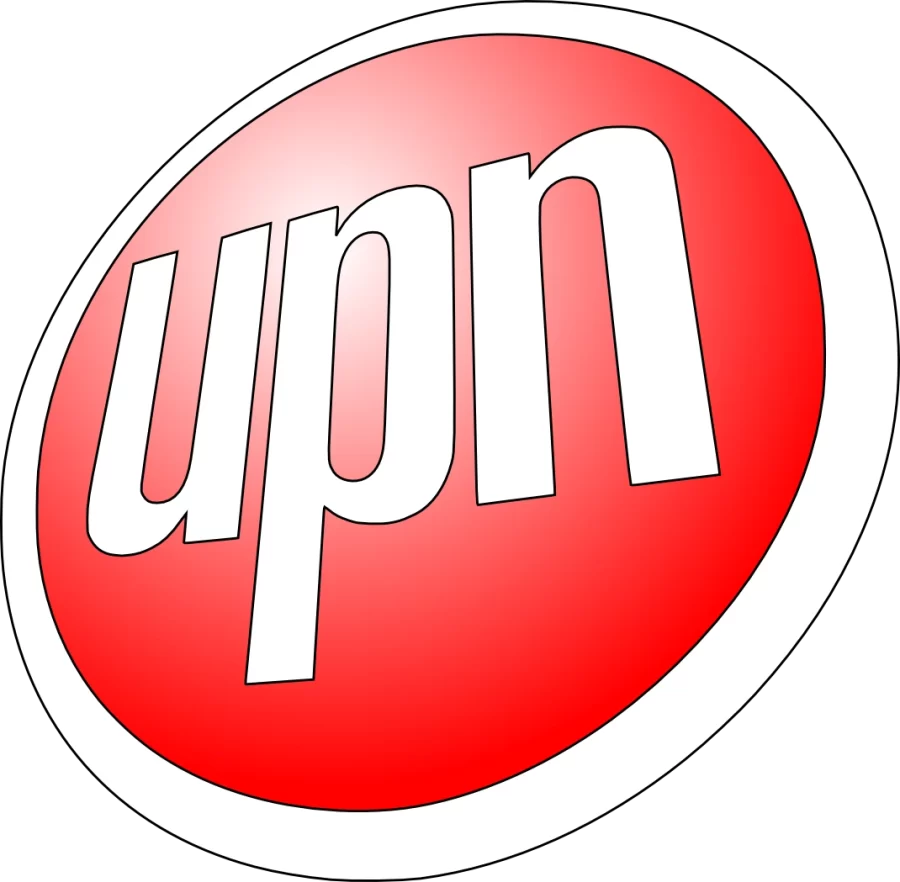The History of the UPN
UPN. A Broadcasting Television company. Lasted from 1995-2006
Early lifetime
On October 1, 1993, Chris-Craft and Paramount officially agreed to make a broadcasting channel in the same way as FOX, who at the time was quickly making a name for itself as the 4th big broadcasting company as before FOX there were only 3. CBS, ABC, and NBC as they dominated the broadcasting world as every time someone new would try they would fail, and even Paramount tried before as in 1946 they created “The Paramount Network,” though it went off the air in the 1950s, and “Paramount Television Service,” which would have launched in the 1970s but never got on the air due to Paramount not being able to get as many advertisement slots as they wanted, so they scrapped it.
Though during the 80s and 90s, Paramount found success with syndication with shows like Star Trek, Star Trek: The New Generation, Friday the 13th: The Series, and other popular shows. In 1993, the FCC loosened up some rules, letting the people who own those syndicated shows move them to their own network. With the news network, Paramount can move their own shows to their own network, but only if they have one. So they used Chris-Craft Networks, which they got from a company named United Television.
Early Years: 1995–1999
Though a similar idea was going on at Time Warner, as they wanted to do the exact same thing as Paramount. Simultaneously, Paramount’s network, the United Paramount Network, debuted with four shows.Star Trek Voyager, Pigsty and Platypus Man, and Marker Though Star Trek Voyager had a BIG audience of 21.3 million viewers watching the 2-hour premiere, Though the rest of the 1995 season was bad, the other 3 shows that debuted with Star Trek Voyager were all canceled before the start of the 1995-1996 season. Though really nothing from the 1995-1996 season came out of it, as none of the shows that debuted were smash hits.
Though they expanded to a market that used horrible technology in the previous decade, The Black Demographic, and in 1996–1997, they added shows that had a major black cast. And it worked, as they got Moesha out of it and the show helped UPN with viewership. And in 1999, they got WWF (later to be called WWE) Smackdown to help fill its weak Thursday night slot.
Later Years: 2000-2006
In 1999, Viacom, the 50% owner of UPN, merged with the CBS Corporation, and with that, Chris-Craft didn’t want the merger to happen even though it did, so they declared an ultimatum on Viacom: either Viacom buys the 50% share Chris-Craft has for $2 million, or Chris-Craft buys Viacom’s share for $2 million.Though the thing is that if Viacom buys the shares then the merger would be disallowed due to the fact that the limit of network coverage is 35%. If they got the shares then they would be past the 35% limit, so they decide to loan it out to FOX Broadcasting Corporation for $5m to broadcast UPN up to 2003, though they would later move it to 2006. In UPN, though, it was a mess, as the 2000-2001 season was a disaster as the WWF (now WWE) decided to put the XFL on UPN, though viewership went down as soon as the XFL season started. Though in 2002 UPN was moved to the CBS side of the Viacom branch, from 2002–2004 there were slow improvements but nothing big other than America’s Next Top Model’s debut and being UPN’s first hit, and Buffy the Vampire Slayer moving from The WB to UPN in 2002. Though soon, UPN saw their next hit in 2005 with Chris Rock’s “Everyone Hates Chris,” which debuted to critical acclaim and was UPN’s second hit. Though at Viacom they dissolved to CBS and Viacom in 2005, and with that, UPN would move with CBS, though even though they were close to breaking even and nearly making a profit, they realized they couldn’t. The same with The WB, so in January of 2006, UPN and The WB would merge to make The CW, which would launch at the start of the 2006-2007 season. And on September 15th, 2006, at 10 p.m., after the WWE Smackdown episode ended, so did UPN, as after it ended, it faded to black, which was the end of UPN.
RELATED STORIES:
- https://www.newyorker.com/magazine/2000/04/03/why-wont-anyone-pull-the-plug-on-upn
- https: //www.hollywoodreporter.com/tv/tv-features/upn-black-tv-the-wb-moesha-the-parkers-1235091212/
- http: //faculty.washington.edu/baldasty/upn.htm
- https: //www.goupstate.com/story/news/2006/01/25/neendw-television-network-forms-after-merge-of-upn-wb/29357360007
- https: //www.imdb.com/search/title/?companies=co0001860
TAKE ACTION:
To increase the likelihood that UPN will return















